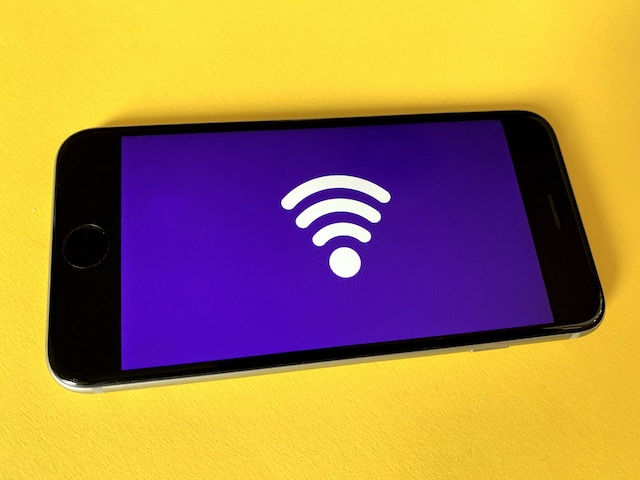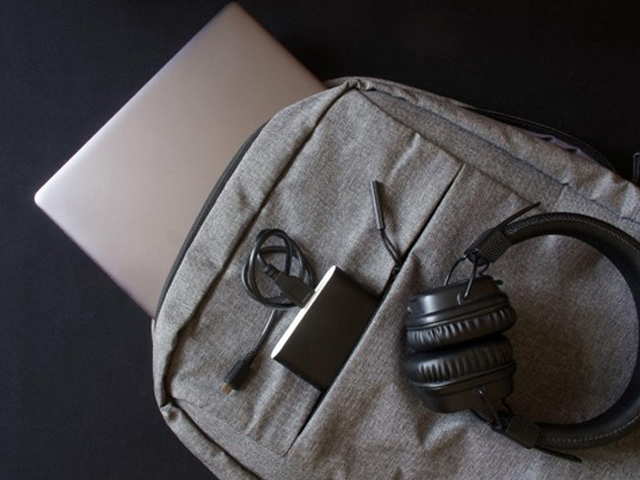
Memory is a pretty slippery territory. The more we move forward, the harder it is to hold onto the things that’ve shaped us. Students of today, in particular, live through an era of their lives that is, at once, both fleeting and foundational. They think they’ll never forget the late-night study sessions in their dorm rooms, the thrill of first-time independence in their freshmen year, the friendships that felt like they’d last forever. But time has a way of thinning out those moments, turning them into vague impressions rather than vivid experiences they’ll carry into the future. This is exactly where digital time capsules for students enter the picture frame.
As small deliberate acts of preservation, they allow students to bottle up their present in a way that feels real, textured, and alive—something beyond a random assortment of forgotten files. They make memory tangible, something that you can return to with the click of a button, having settled into the quiet distance of the past.
Memory and media: A relationship
Memory cannot exist in a vacuum and needs scaffolding. It needs something to hold onto. Left to its own devices, the human brain remembers things in fragments—smells, colors, shapes. Media, in its many forms, gives those fragments structure.
A mother tells her child a story about the day they were born. The child doesn’t remember it firsthand, but over time, the story becomes a memory, as real as if they had been conscious of it. A family sits around a box of old photographs—black and white at first, then color, then digital. They don’t just see faces. They reconstruct entire afternoons, the way the room smelled and the voices sounded.
On a larger scale, societies do the same thing, as outlined in Astrid Erll’s Memory in Culture. We tell and retell our collective past through books, films, monuments, and even TV news cycles. The past is a story that we’re editing constantly. We refine what we choose to remember and what we let slip away.
Digital media has changed the way we remember. All of a sudden, we don’t have to rely on stories told around a dinner table or albums tucked in a closet. We can easily record everything – every meal, every concert, every fleeting glimpse of beauty. But there’s a downside to this excess. Too much documentation can make memory feel weightless. When everything is saved, nothing feels significant. However, let’s not be pessimistic.
What is a digital time capsule?
A digital time capsule is exactly what it sounds like: a collection of digital artifacts – photos, videos, student awards and diplomas, letters to your future self, playlists, essays, voice memos – stored away for future retrieval. But it’s more than just a backup.
It’s the difference between hoarding and keeping a journal. Instead of letting memories scatter across hard drives, social media feeds, and old phones you’ll probably never turn on again, a digital time capsule gathers them with purpose. It’s a self-portrait in files and folders, a snapshot of who you were at a particular moment in your life.
Creating one is an act of self-awareness. What do you want to remember? What version of yourself do you want to meet in ten years?
The lasting value of digital time capsules for students
One moment, you’re moving into your first dorm; the next, you’re walking across a stage in a gown that’s not quite your size number. In between, there are thousands of moments – some significant, most seemingly trivial. However, memory has a way of reassigning value over time. The things you thought were small – that little café where you’ve spent hours between classes, the late-night discussions about the remnants of ancient philosophy in pop culture, the awful-but-fun group projects – someday, these might be the things you wish you could relive.
A digital time capsule forces you to sift through the mess. Luckily, Capture offers a reliable way to organize and preserve these moments, ensuring that photos, videos, and important documents remain secure and accessible for years. You, of course, get to decide what’s worth keeping. And in doing so, you’re giving those memories weight.
Your student years can be just a click away
Time moves in strange ways. One day, college feels endless. The next, it’s five years behind you, and you can barely remember the names of half the people you saw every day. Life speeds up. You get a job, move cities, lose touch. It’s natural.
A digital time capsule represents a tether to a version of yourself that might otherwise disappear. It’s opening a folder and hearing your best friend’s voice on a voice memo from a road trip. It’s reading an old essay and remembering the ambition, the certainty, the stubbornness of your younger self.
A good digital time capsule preserves context. It lets you step back into your past, not as a vague feeling but as something more tangible.
Without remembering our past, there’s no future
The past is never really gone. It just shifts, rearranges itself, resurfaces when you least expect it. An old photo reminds you of a time when things felt possible in a way they don’t anymore. A journal entry from freshman year makes you laugh at how little you knew about the world.
Your digital time capsule can be proof of continuity: that you were here, that you lived through things that mattered, and that you’ve changed. It’s a reminder that growth isn’t linear and that the person you were at twenty might still have something to teach the person you are at thirty.
Conclusion
The years spent as a student feel permanent while you’re in them, but they’ll slip away faster than you think. Our discussion of digital time capsules for students wasn’t meant to encourage living in the past. Rather, it was about maintaining a connection to who you were so that in five, ten, or twenty years, you can remember what happened and how it felt.
A digital time capsule is a letter to your future self, a message in a bottle across time. And if memory is unreliable, as we know that it is, at least this way, you’ll have something solid to hold onto.











